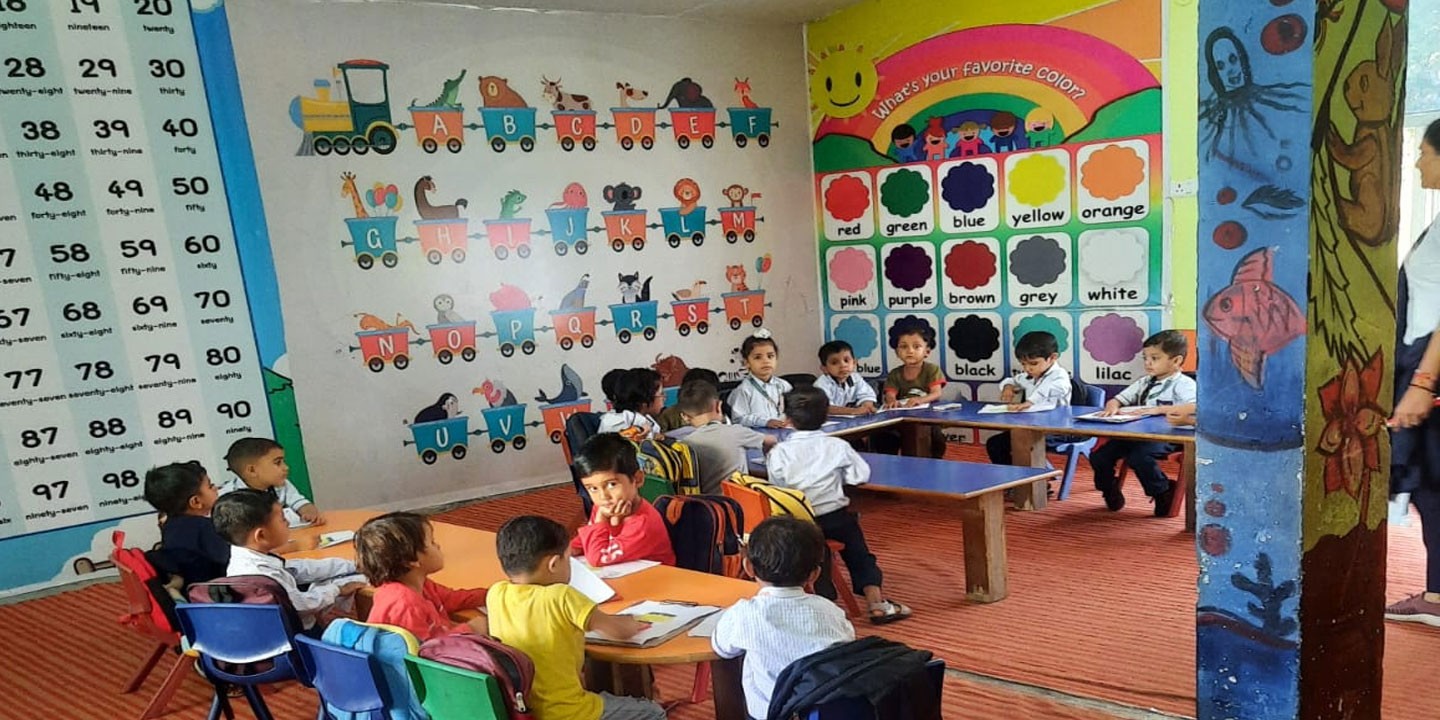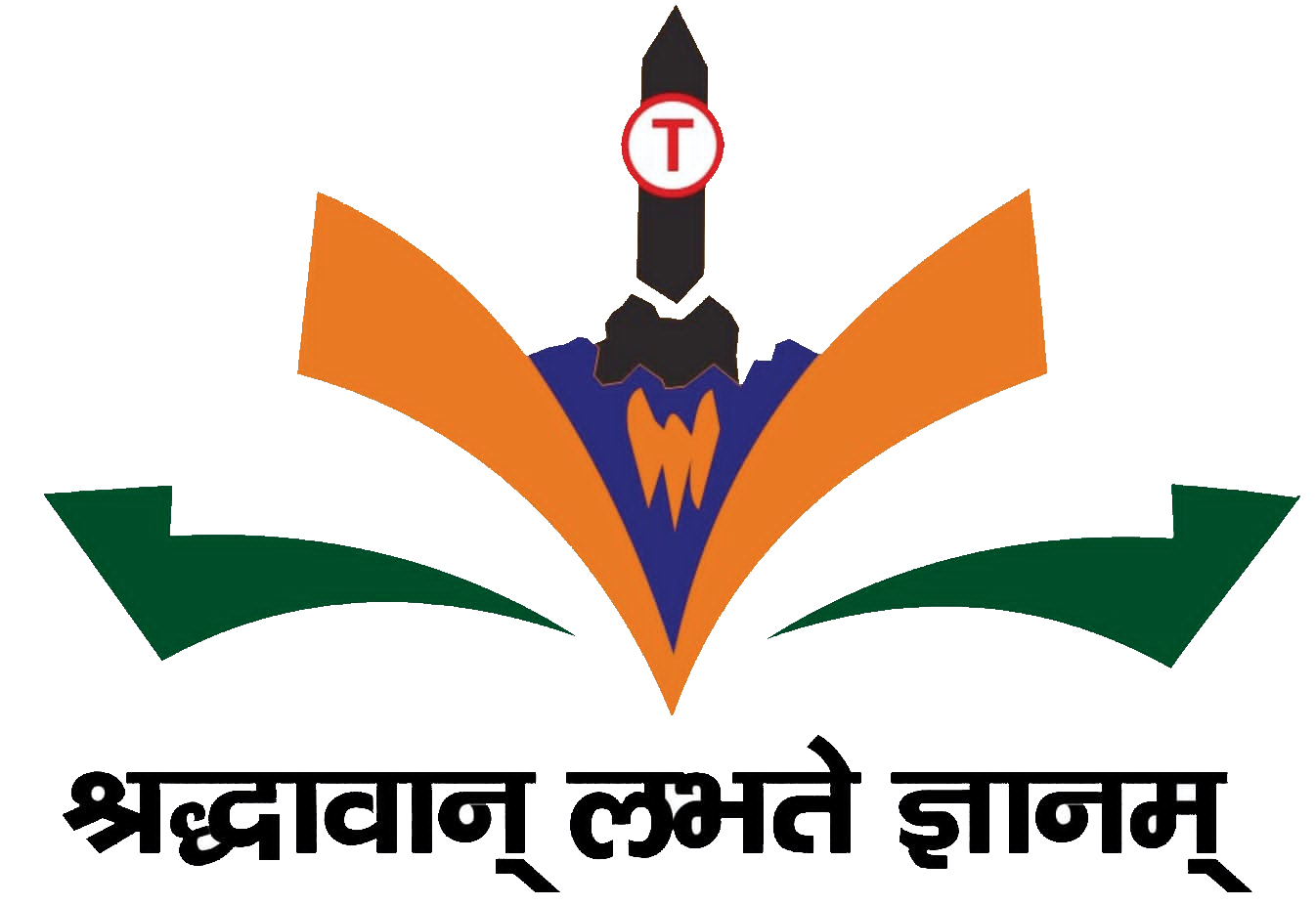Classrooms
Smart boards, also known as interactive whiteboards, have become increasingly popular in classrooms around the world due to their ability to enhance teaching and learning experiences.
Interactive Learning:- Smart boards provide an interactive learning environment. Teachers and students can touch, write on, and manipulate the digital content displayed on the board, making lessons more engaging and hands-on.
Digital Resources:-Teachers can access a vast array of digital resources, such as educational software, websites, and online textbooks, and integrate them seamlessly into their lessons.
Dynamic Lessons:- Teachers can create dynamic lessons with multimedia elements, making learning more exciting and catering to different learning styles.



Instant Feedback:- Smart boards allow for immediate feedback. Teachers can assess students' understanding in real-time and adjust their teaching accordingly.
Saves Resources:- Using smart boards can reduce the need for physical materials like paper, chalk, or markers, which can lead to cost savings and a more environmentally friendly classroom.



